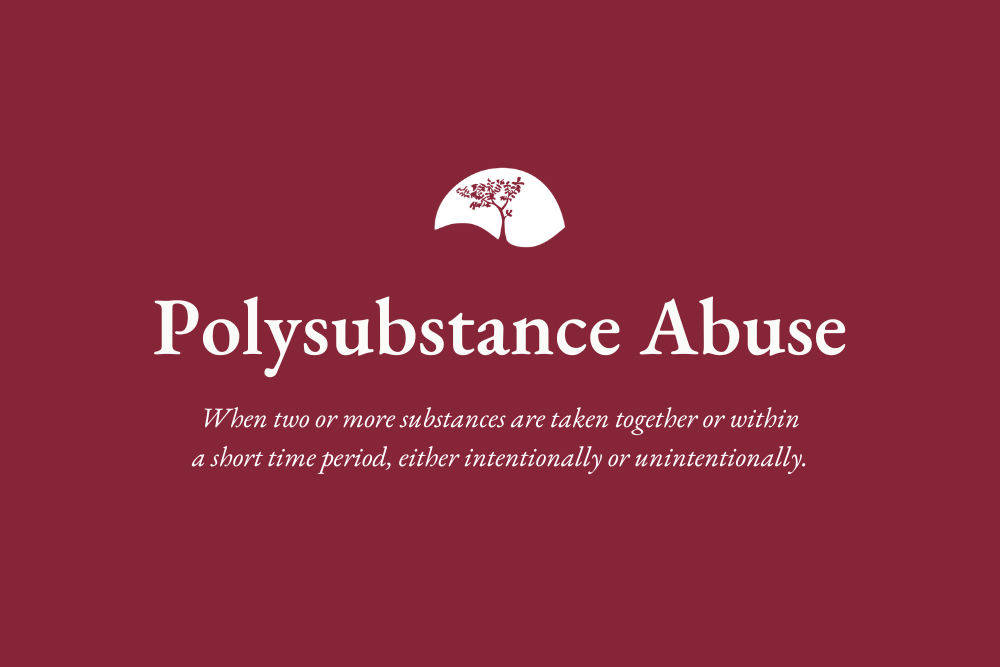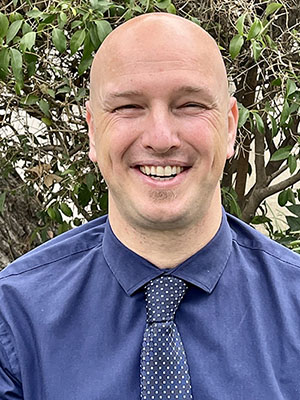Most people associate substance use disorders with only one specific drug, such as opioids or alcohol. However, polysubstance use, also known as multi-drug dependence, is a concern as well. When this occurs, it can significantly increase the risk of accidental overdose, and may require specific treatment approaches to address the effects of simultaneously taking more than one addictive drug.
How Does Polysubstance Abuse Develop?
People who rely on prescription drugs like OxyContin, Adderall and Xanax might not realize the high potential for addiction. Even when you obtain these medications for a legitimate medical purpose and use them only as prescribed by your physician, you can still risk becoming physically and psychologically dependent.
When taking prescriptions, people may unintentionally combine substances – for example, drinking a glass of wine with dinner while you have opioids in your system, or taking two different medications without making an effort to learn about any potentially dangerous interactions. Other people purposely take more than one drug to compound their effects, such as if someone who has developed a tolerance to opioids experiments with adding benzodiazepines to experience different effects.
The Dangers of Multi-Drug Dependence
All drugs come with some level of risk, but as the University of Michigan warns, combining drugs can be especially unpredictable. Polysubstance abuse could also be deadly, especially when people don’t understand how different substances react to each other.
For example, an alcoholic who drinks daily might assume there’s no danger in taking prescription opioids under a doctor’s orders. However, the chemical interactions between these two substances can significantly enhance each other’s effects, with heartbreaking consequences. Polysubstance abuse is even more of a gamble because it is easy for users to misjudge how impaired they have become – thus significantly increasing their risk of accidental overdose.
Besides developing a chemical dependency, some hazards of combining substances include:
- Nausea and vomiting
- Dehydration
- Sharp drop or spike in blood pressure
- Irregular heart rate and rhythm
- Dizziness or loss of coordination
- Loss of consciousness
- Significantly slowed breathing
- Coma
Specialized Polysubstance Abuse Treatment
Because of the complexity and possible unpredictability of withdrawal from more than one addictive substance, people with a multi-drug dependence are best off beginning their recovery process in an accredited detox facility. At Hemet Valley Recovery Center & Sage Retreat, medical professionals can monitor your progress and your vital signs 24 hours a day, which is essential for your health.
At our ASAM Level 4 facility, our multidisciplinary team provides the highest level of care to people undergoing detox. We ensure you remain safe and comfortable while your body and mind stabilize in the absence of drugs and alcohol. In addition, the support and encouragement you will receive in medical detox will decrease your odds of relapsing, while increasing the likelihood that you will succeed when you progress through the subsequent stages of your rehab treatment.
As a hospital-based treatment facility, we help people recover from polysubstance abuse and comorbid conditions such as chronic pain and mental health disorders. Medical supervision ensures each client is safe, stable and receiving appropriate treatment that doesn’t compromise their health. To learn more about our specialized programming, contact us today.





























